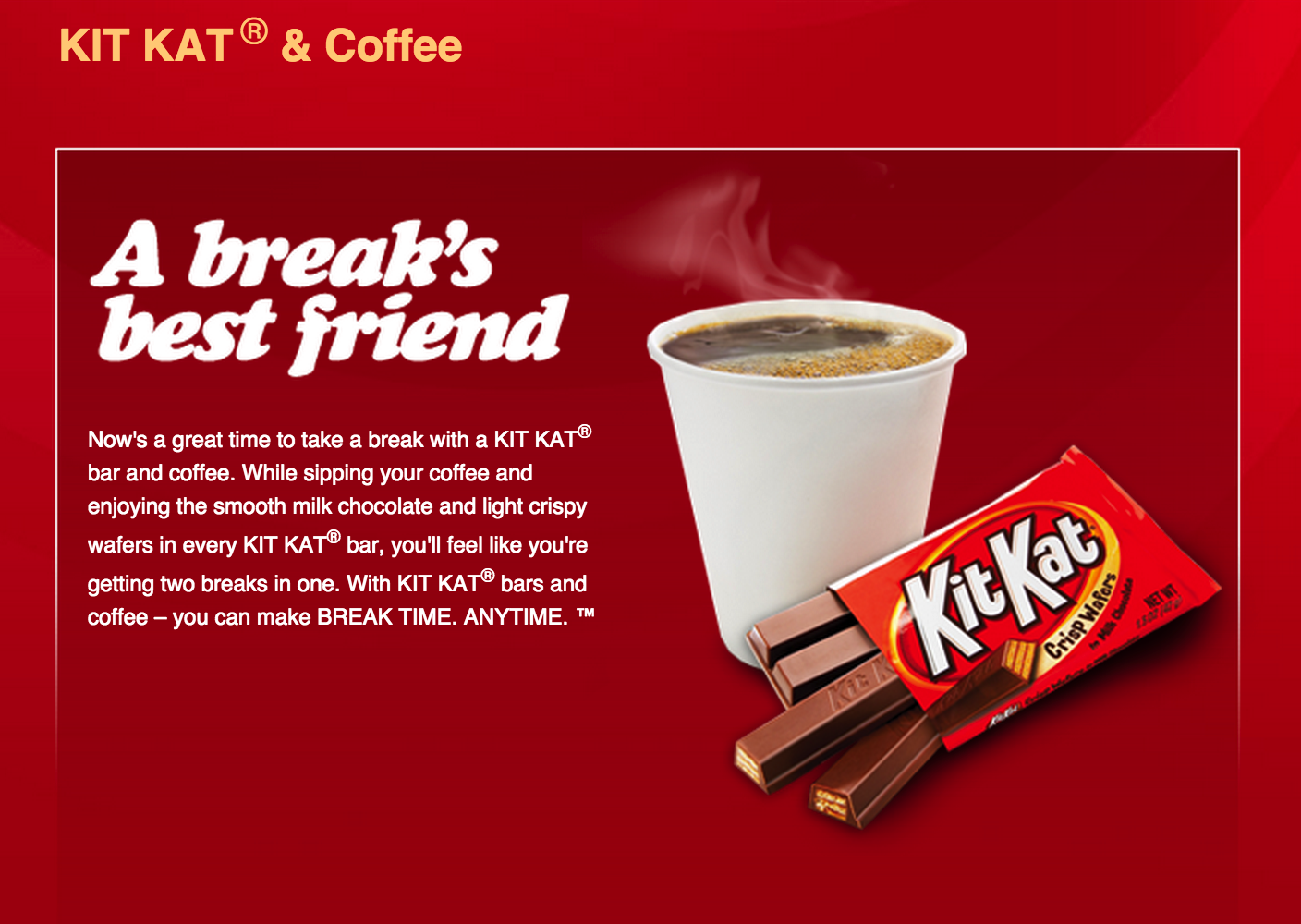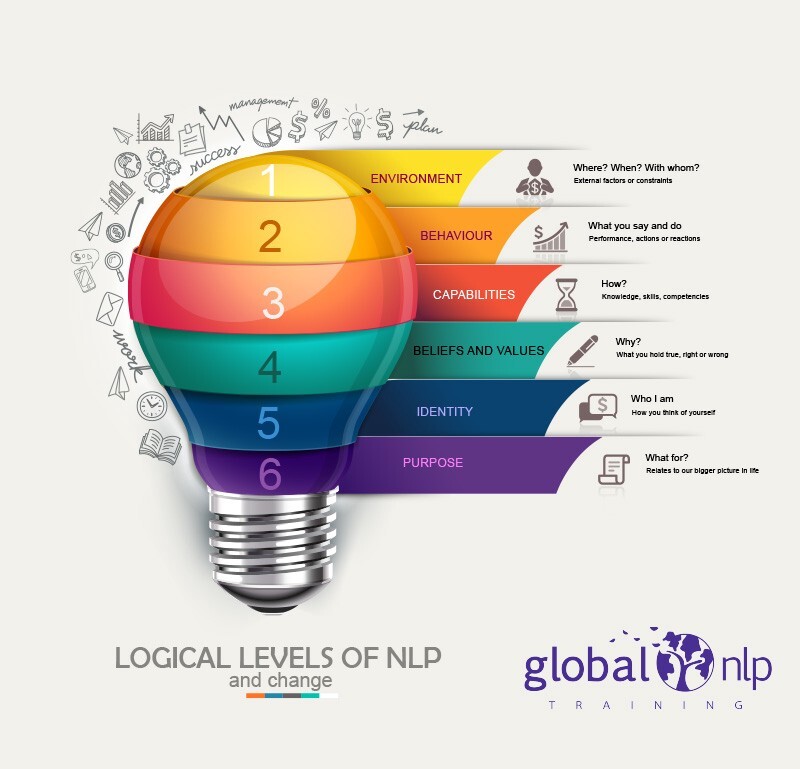Triggering Insiders
Triggering Insiders is an idea that combines two marketing forces, that of Insiders and Triggers, and that believes that content should to be top of mind.

Buenas,
Over the past two weeks I have been playing with the notion Triggering Insiders. An element developed with the focus of creating, what I hope is viral, marketing material for the Illusion Spinner, our first product that is sold by the Museum of Modern Art and Muralize, a mobile tool that allows you to create connected images with the tip of your fingers.
Triggering Insiders is an idea that combines two marketing forces, that of Insiders and Triggers, and that believes that content should be created in such a way that it raises the creation into an individuals mind regularly throughout time. A provocation so powerful that it makes the targeted individual feel important, that the creation is theirs and that the creation provides value by sharing and using it.
So what are Triggers and Insiders?
Insiders are defined as people who feel like your creation is a gem that is a part of them and who will promote it as their own. One could say that insiders are your best promoters, ambassadors and thus, social influencers. A great example of this is portrayed by Ben Fischman, CEO of SmartBargains.com and RueLaLa, in this excerpt from Contagious, by Jonah Berger:
“It’s like the concierge at a hotel. You go down to the concierge to find out about a restaurant and he tells you a name right away. The assumption is that he is getting paid to suggest that place and the restaurant is probably mediocre. But if a friend recommends a place you can’t wait to get there. Well when a friend tells you, you’ve gotta try Rue La La, you believe them. And you try it.” — Ben Fischman.
Triggers are defined as anything that leads people to talk, choose and use our creation. Although Social Currency gets people talking, Triggers keep them talking. Top of mind means tip of tongue.
Triggers are strongest when the desired behavior happens after a delay. Personally, I found this counter intuitive but it makes sense if you consider that a person is unlikely to be at a place nor be in a state of mind where they want to/can buy the creation immediately. Furthermore, if someone remembers your creation at multiple periods in time after seeing a piece of advertising, then you have hit gold. You have successfully created a trigger.
A great example of the creation of a successful trigger that elevated a product to success is the Coffee and a Kit Kat campaign that was brought to life by Colleen Chorak in 2007. After 20+ years of success, Kit Kat found itself in a rough place. Sales were declining at a 5% per year and the brand was shrinking. Although people still loved the product, the consumer interaction was very low. Challenged by the difficult task of propelling the brand back to heights, Colleen began to do some research. She found two key insights: consumers ate Kit Kats to take a break, and many consumed it with a coffee. The idea was clear: Kit Kat and Coffee. A pairing that she described as “a break’s best friend.”

Neurological Levels of Change.
As mentioned in my previous post, Channelling Remarkability, if we have built our creations through empathetic-immersion, the environment and behavior associated with this trigger should be at hand. There should be no fabrication. There should just be meticulous thinking and design to ensure that its framed just right. So that those Insiders that are so valuable to your creation are triggered throughout time.